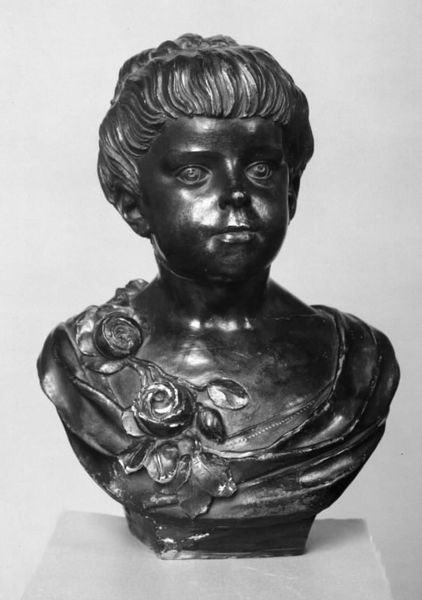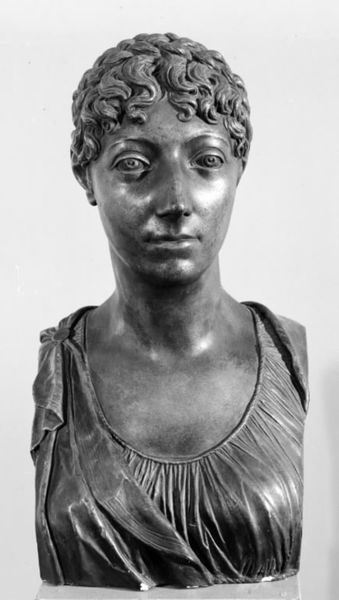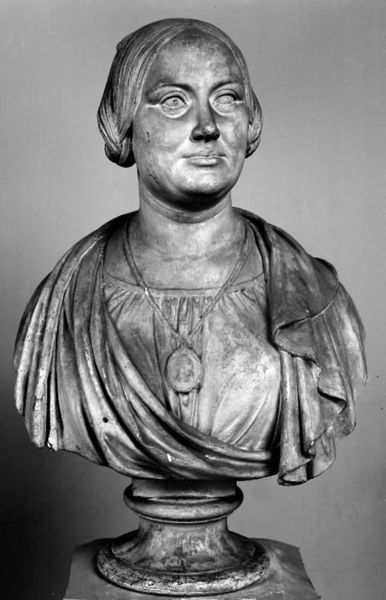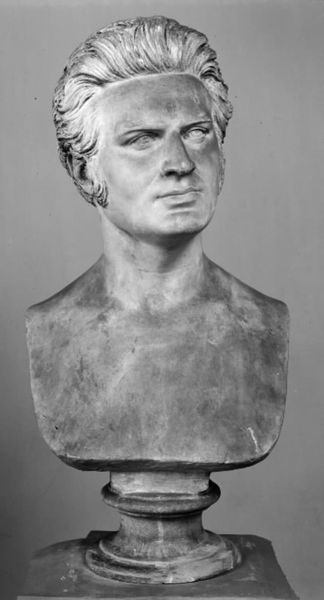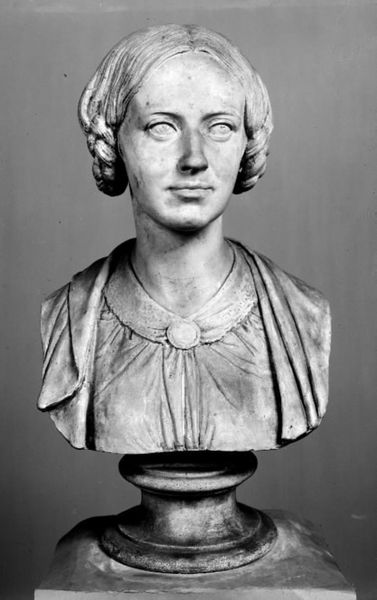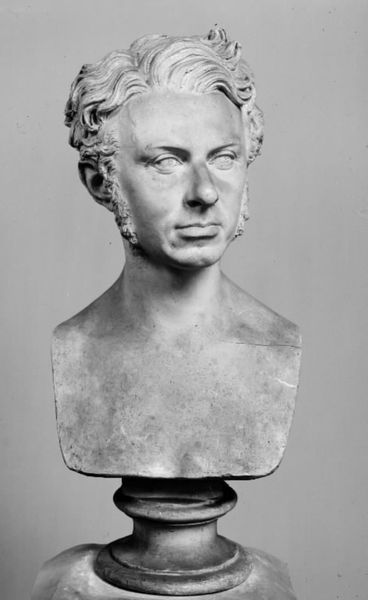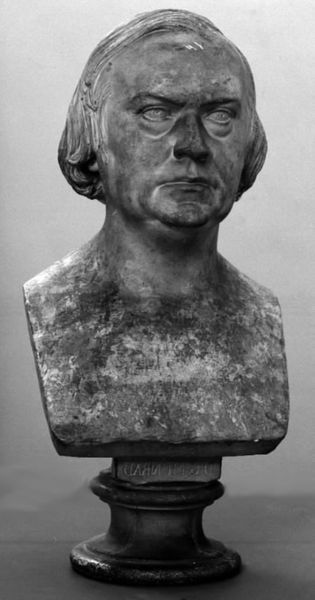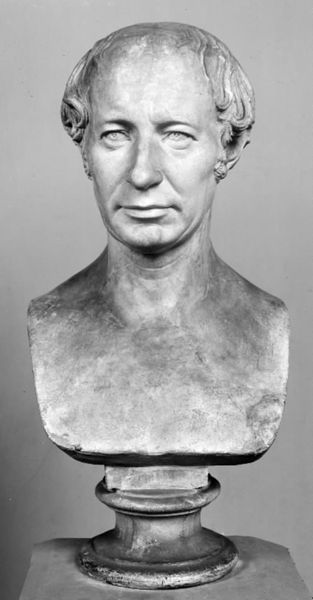
sculpture, marble
#
portrait
#
neoclacissism
#
sculpture
#
classical-realism
#
figuration
#
sculpture
#
history-painting
#
marble
Dimensions: 36.2 cm (height) (Netto)
Curator: This sculpture, “Marie Christina Harsdorff,” created by Hartman Beeken in 1778, resides here at the SMK, Statens Museum for Kunst. It’s carved from marble and embodies the Neoclassical style. Editor: It’s surprisingly lifelike, wouldn't you agree? And look at that smooth, reflective surface. Marble provides this sculpture with an extraordinary palpable dimension. Curator: Absolutely. Neoclassicism sought to revive the ideals of ancient Greek and Roman art. Considering its historical context, what does this idealized portrait tell us about societal values at the time? Editor: It speaks to the cultural elite's embrace of reason and order, a retreat from the excesses of the Rococo period. A portrait of an important figure like this was certainly meant to signal social status and political affiliation. What about the marble itself? Did its accessibility dictate production and distribution of such items, maybe? Curator: Marble, while associated with luxury, was also a material that lent itself to mass production through workshops. Artisans’ roles in replicating designs meant there was a whole network of labor surrounding commissions. Editor: Yes, and thinking about those workshops…they reflect broader societal hierarchies. From master sculptor to apprentice, each played a vital role in translating concept to object, and subsequently disseminating imagery—and idealogical positions– across society. Curator: The politics of imagery certainly take hold in these portraits, then and now. This sculpture served as a symbolic representation, reinforcing power structures within the court. How does the artwork continue to play a similar role within museums today? Editor: It prompts important considerations. Works like these engage us in ongoing critical dialogues about material culture and how artwork actively perpetuate or challenge existing frameworks of value, power and meaning through artistic making. Curator: Indeed. Considering the various processes and cultural impact the creation and location history prompt fascinating questions about material engagement. Editor: Examining this bust provides so much food for thought surrounding the nature of image making.
Comments
No comments
Be the first to comment and join the conversation on the ultimate creative platform.
